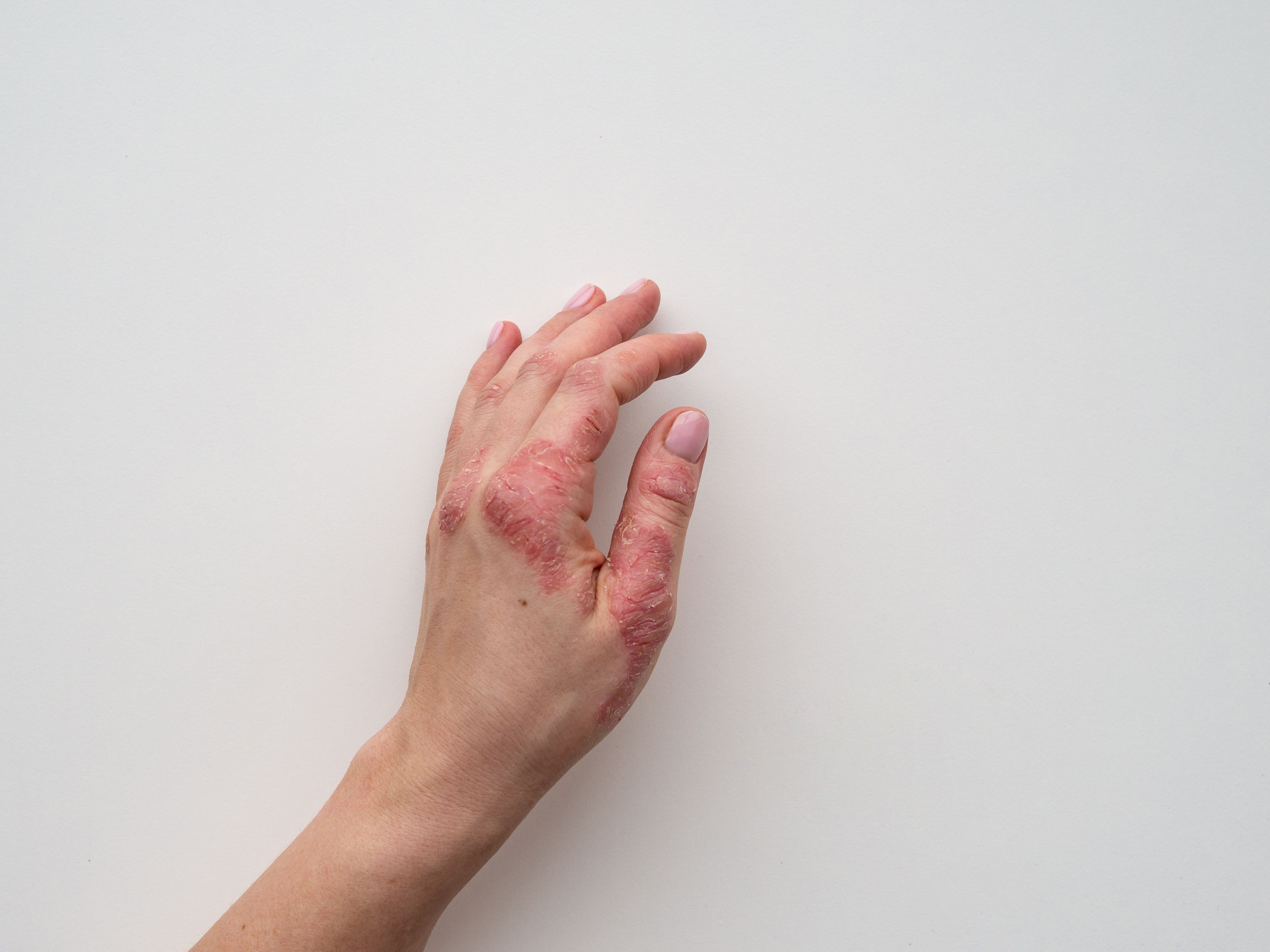Video
Dr John Harris Discusses New Information Learned in Extension Studies for Ruxolitinib Cream
Author(s):
Each trial extension has added new and more data and a better understanding of how ruxolitinib cream treats vitiligo in the long term, explained John Harris, MD, PhD, FAAD, director of the Vitiligo Clinic and Research Center at UMass Chan Medical School.
Each trial extension has added new and more data and a better understanding of how ruxolitinib cream treats vitiligo in the long term, explained John Harris, MD, PhD, FAAD, director of the Vitiligo Clinic and Research Center at UMass Chan Medical School.
Transcript
Vitiligo is tough to treat because it can be months before any change is seen. How long should studies—like the TRuE-V trials for ruxolitinib cream—be to see accurate data for treatments for vitiligo?
Well, there was a 2-year extension. The initial study was a 6-month treatment period with outcome. And then that 6-month study was extended to a full year. In the first 6 months, it was placebo controlled, and then for the next 6 months, everybody was put on the highest dose of drug and observed for another 6 months. And then at the end of one year, patients were allowed to add narrowband UVB [ultraviolet B] therapy, and then continue to be observed for another year. And then you know, those achieving over 90%, that's when we did the extension study that we discussed, where we look for relapse.
We've learned a lot over that period. First 6 months compared to placebo, there was a big response: 30% achieved the primary outcome versus 0% in the phase 2 versus a low percent in phase 3. The next 6 months, we noticed those who had been improving continued to improve. So, 6 months is not long enough to see full improvement. We continue to see improvement for a year and even beyond a year. Even up to 2 years in many, we saw more and more achieving the primary outcome of F-VASI [Facial Vitiligo Area Scoring Index] 75, and also 90.
We also saw that those who added narrowband UVB—even though this was not placebo controlled—seemed to do better and accelerate their repigmentation. If you didn't achieve a certain repigmentation without the narrowband UVB, and then added it, you continue to do better. It's hard to know if that was specifically the UVB or just longer treatment because that wasn't controlled. But, clearly, we saw people accelerate the repigmentation on narrowband.
We learned a lot from this study, actually. With these extensions, we’re adding to the data and reporting more and more, including the relapse study that we talked about.
What are you looking forward to in the vitiligo treatment space?
I would just say this is a super exciting time for vitiligo. Thirty years ago, psoriasis went through something similar, where Enbrel was the first drug approved, and it helped about 40% of patients, and it just changed the world, right? It changed everything and people were going in for treatment. Over the past 30 years, we've been developing better and better and better treatments. It takes 3 decades, really, I think to really optimize things.
Vitiligo is at the very beginning where we're looking at the tip of the iceberg. We've got more time. We've got better things coming down the road, we think. My lab is working on some, and we're really excited about where we can go and pushing that envelope, pushing that bar much higher than where it is. It's exciting.




